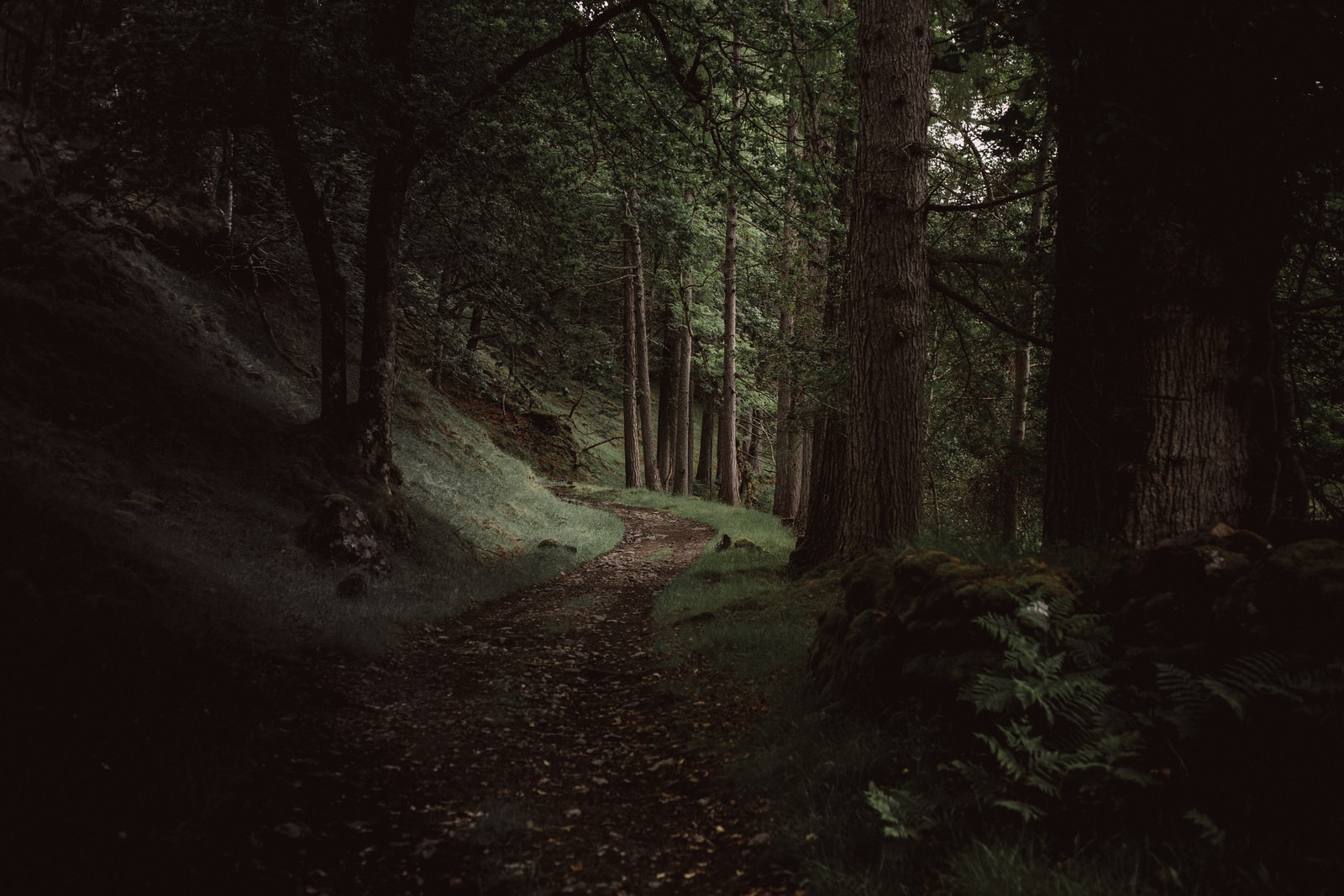The proclivity of environmentalists for making ludicrously wrong alarmist ‘predictions’ is well documented. In fact, it’s even been the subject of peer-reviewed scientific literature.
Not that that ever stops them from going right ahead and trying to scare up the next environmental boogey-man. The eternally wrong Paul Ehrlich is still a feted environmental hero. Nor does it stop their cretinous followers from playing Chicken Little with ever-more lunatic enthusiasm. Witness the cretins from Extinction Rebellion playing dress-ups and glueing themselves to everything in sight.
One of the favourite whipping-boys for enviro-climate hysteria is deforestation. Even before climate change became the cause celebre, environmentalists wanted us to believe that the world was just one axe-chop away from becoming a treeless desert. From The Lorax to Sting, the message has been hammered home for decades: the world’s forests are disappearing!
Except that they’re not.
In fact, the world’s forest cover is increasing – and it’s all part of the Global Greening of the past few decades. Much of that is due to the fact that increased CO2 in the atmosphere means increased plant food.
But that’s not the full story. While it is true that some regions are experiencing dramatic deforestation – Indonesia, for instance, has lost 22 per cent of forest cover in the last 30 years, most of that in Borneo – others are re-foresting, even more dramatically. Of the world’s 10 most forested countries, five have increased forest cover in the past 30 years.
One of those forest success stories is Scotland.
A quiet revolution is taking place north of the river Tweed. Scotland’s forests are expanding at breakneck speed: the share of Scotland that is forested has increased from just under six per cent a century ago, to around 18 per cent today. The country now has nearly as much forest as it did 1,000 years ago, according to data from researchers at Our World in Data.
Europe’s ancient forests were essentially ‘weedy’: that is, some 11,000 years ago trees rapidly established themselves as the ice sheets retreated. But by the time of the Roman invasion of Britain, about half of Scotland’s forests had already been cleared. The first efforts to restore Scotland’s forests were commercial and not wholly beneficial to the environment.
After the First World War, the government realised that a domestic timber industry was a matter of national security. Scotland was soon covered in non-native pine plantations, which helped boost forest cover, but they were bad news for biodiversity. Since the 1980s, more care has been taken to plant native trees, though concerns remain over the species being planted.
The Scottish government has a target for 21 per cent forest cover by 2032. The rewilding and climate movements mean that reforestation is now wildly popular: some 80 per cent of Scottish people supported the reforestation of the Highlands in a 2021 survey.
New Statesman
But Scotland isn’t the only part of Britain that’s re-foresting. Much of that is being fuelled by tax incentives.
So much new forest is being planted that some areas could even reach the 15 per cent of woodland recorded in England by the Doomsday Book in 1086, the figures suggest […]
British woodland was last thought to be at such levels in 1750, when forests had been replenished after the agricultural revolution but before they were stripped bare again to build ships ahead of the Seven Years’ War and the Napoleonic wars against the French.
Forest cover dropped to below five per cent before new growth gradually began to turn things around from the 1940s.
The Telegraph

As reported recently in The BFD, Sri Lanka’s government-mandated turn to ‘organic’ farming has been an agricultural and economic disaster. But widespread organic agriculture is also disastrous for the environment. Because of its significantly lower yields, widespread organic farming means less land for forests. When the much-maligned industrial agriculture yields far more food on less land, countries have the luxury of restoring forests.
In the United Nations’ 2011 International Year of Forests, China is heralded as a superstar. Almost single-handedly, the country has halted long-term forest loss across Asia, and even turned it into a net gain. Since the 1990s, China has planted more than four million hectares of new forest each year.
Earlier this month, President Hu Jintao pledged that China would do even more. He told a meeting of the Asia-Pacific Economic Cooperation Forum in Beijing that the nation would increase its total area of forest by 40 million hectares over the next decade.
World Bank
As with Scotland’s first move at re-foresting, the environmental benefits of China’s efforts are sometimes mixed. Some of the new forests are commercial enterprises, and others involve planting non-native species and planting trees in areas that would better benefit from other types of plant cover, such as grasses.
But, all in all, the world is not turning into the barren desert that climate activists want us to be so terrified of.

